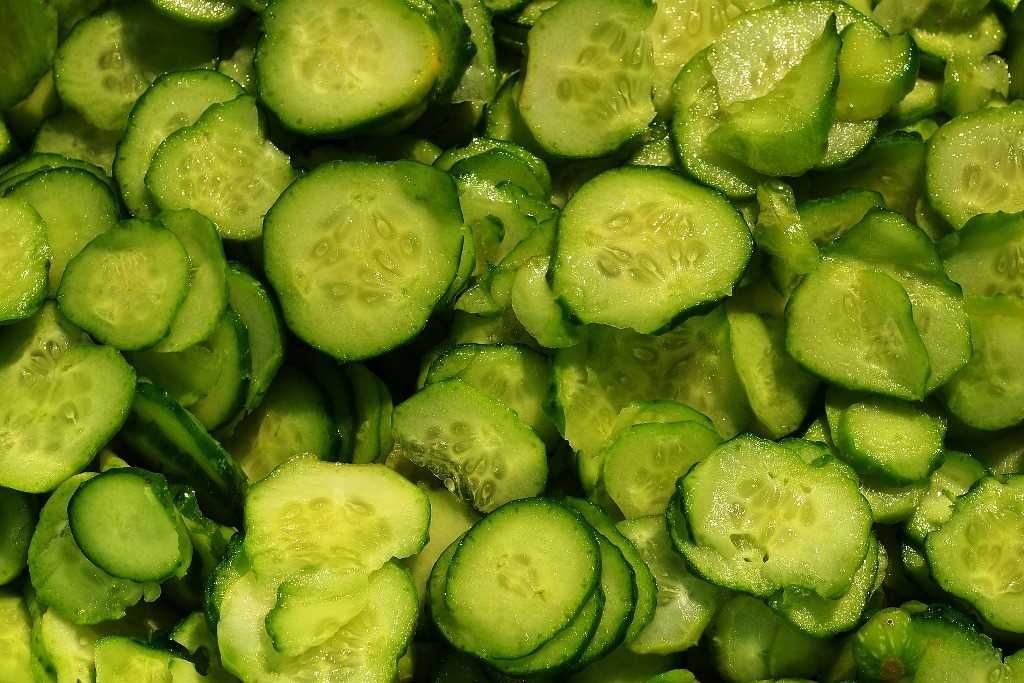The origins of the bichon frisé dog breed are lost in the mists of time and are not very clear. There is even talk of the period between 600 BC and 300 BC. A great traveler, it was often used by sailors as a barter commodity, which is why it has spread throughout the world. What breeds played a role in the development of this breed is unclear, but according to expert opinion there would be traces of water spaniel and dwarf poodle.
This dog became very famous in Spain and probably it was the Spaniards who introduced it in the Canary Islands, this is also where its second name “bichon Tenerife” seems to come from. Many Spanish painters have dedicated their works to this dog breed, among which Francisco Goya himself. But around 1300 it also had great notoriety in France where it lived at the court of the nobles as a companion dog, and its popularity reached its peak in the reign of Henry III of France, in the second half of the sixteenth century.
Unfortunately at the beginning of the nineteenth century it lost a lot of its popularity becoming in a short time a very common street dog even in the circus. Their popularity grew again after the First World War. The breed was brought to the United States for the first time in 1956 by a French family, the Picaults. In 1973 it was recognized by the American Kennel Club as a non-sporting dog.
In addition to the Bichon frisé, there are four other breeds in the Bichon family: the Maltese, the Bolognese, the Havanese and the little lion dog. Today, unfortunately, this dog breed has become very rare and not very widespread. Related dog breeds such as the Maltese, the Bolognese and the poodle are preferred to him.
Character of the Bichon Frisé dog breed
The bichon is the perfect apartment and living room dog. Cheerful, lively and always ready to play, it tends to become deeply attached to its owner, showing loyalty and love. It adapts to life at home and prefers it, as long as it is shared with the family. It has a joyful and playful character, for this reason it adapts very well to families with children of which it becomes a tireless playmate.
It is not a guard dog, but with its alert temperament is able to warn promptly in case of danger. However, it needs daily movement, and for this reason it does not adapt very well to elderly or sedentary people. It suffers a lot from loneliness, for this reason it loves to be in company, it makes friends immediately with strangers and cohabits well with other dogs and even cats.
Its simple nature, combined with the fact that it is easily trained and its marked intelligence, makes the bichon frisé a fantastic companion dog for people of all ages. It is therefore also suitable for those who are at their first experience with dogs. It is, however, rather stubborn and often does not want to obey. It is a small dog so it must be accustomed to socialize with its own kind, otherwise it could see bigger dogs as a threat.
It needs a firm but gentle education, because otherwise it risks becoming too submissive and full of fears.
Appearance of the Bichon Frisé dog breed
It is a very cute little dog that looks very much like a stuffed animal, with a regal and composed gait. It is small in size, with a height at the withers of about 20 centimeters and a weight that can reach a maximum of 7 kilograms, but it is usually about 5 kilograms for the male and 4 for the female. Its general appearance, given its perfect proportions, conveys harmony.
The limbs are muscular, the body is harmonious and agile. The tail is raised and fluffy, outstretched. The muzzle is of medium length, the head is flattened at the top, the truffle is black and round, the eyes are black and very lively, the ears are drooping and covered by a thick coat.
Its peculiarity is its coat, its hair is very fine and soft, rather long and curly, frisé (hence the name “Bichon Frisé”). The color is only white and among its characteristics there is also that of not causing allergies. If well kept, the hair can reach up to 10 centimeters in length and look very similar to that of the Mongolian goat, to which it is often compared.
Health and Care of the Bichon Friesian Dog Breed
The Bichon Friesian are long-lived dogs, in fact they have an average life expectancy of around 14 years, but they are subject to several diseases, including hereditary ones. The main ones are dislocations, cataracts and epilepsy. Moreover, we must not forget the routine controls common to all breeds: vaccine booster shots, parasite prevention, teeth cleaning etc.
It is a physically delicate dog, and even if it has a long and thick coat, it suffers a lot from the cold, therefore in winter it is good to cover it with a coat or a sweater when you take it outside, it can stand the heat better.
It is important to brush the bichon daily, to avoid knots and remove dirt. It does not shed hair and should not be bathed very often, about once every 40 days or when it is really dirty. Every now and then it is necessary to take it to specialized centers for cutting the coat in order to have it always in order.
As far as alimentation is concerned, this dog can have weight problems if its life is too sedentary. It is necessary to stimulate him to move around and take him for a good walk every day, both to give vent to his liveliness and above all to socialize him with other dogs.


